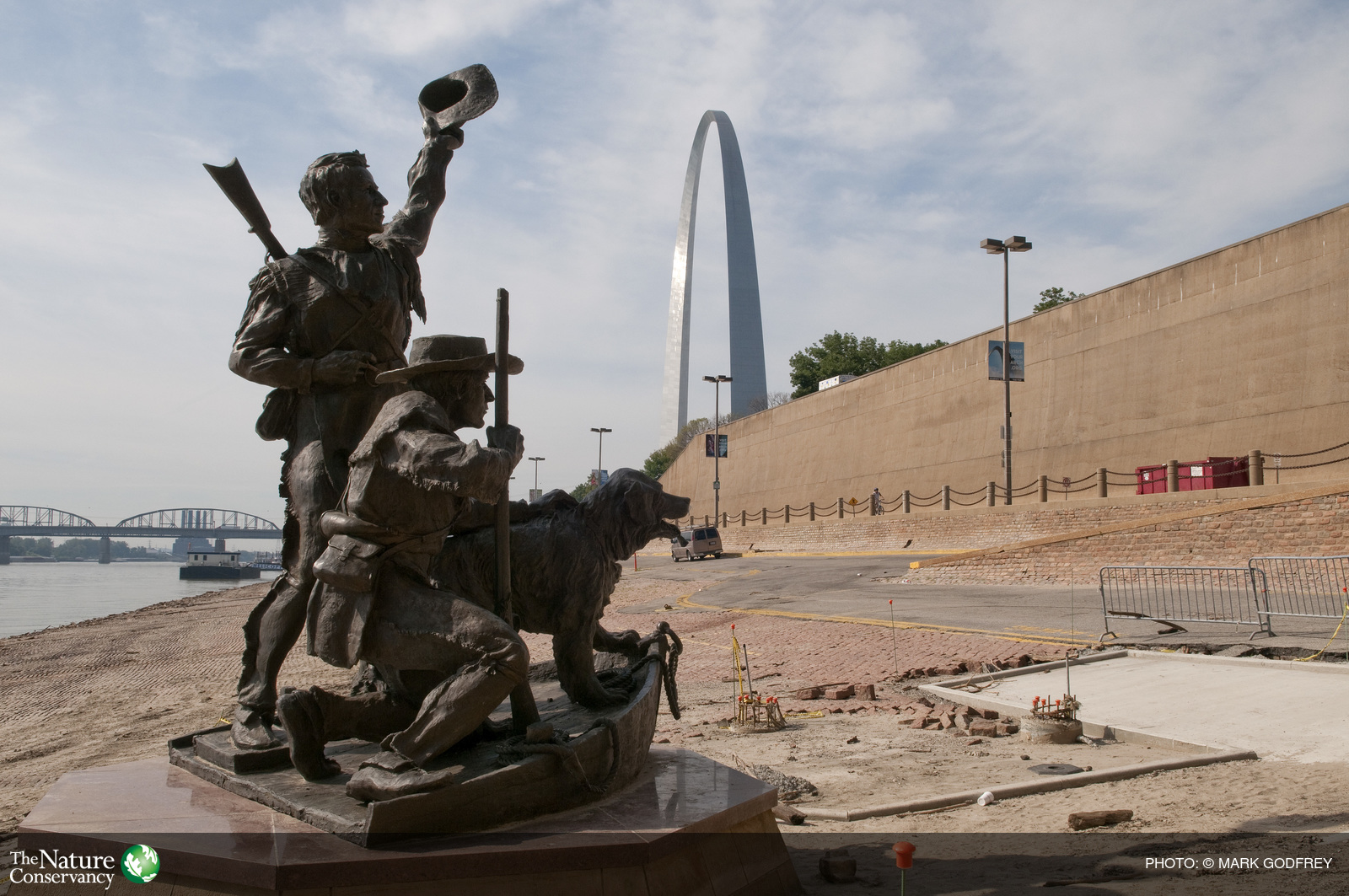Upper Mississippi River Basin
Subheadline here
The Upper Mississippi River basin is home to approximately 30 million people with major urban centers concentrated in three major cities. The landscape is dominated by forests and lakes in the northern headwaters and highly productive agricultural land to the south. Locks and dams regulate water levels south of Minneapolis and St. Paul, Minnesota, and navigation to the Great Lakes at Chicago, Illinois is accessible through the Illinois River. Popular recreation areas support boating, swimming, hunting, and fishing.
 Basin Description
Basin Description
The Upper Mississippi River basin is home to approximately 30 million people with major urban centers concentrated in three major cities. The landscape is dominated by forests and lakes in the northern headwaters and highly productive agricultural land to the south. Locks and dams regulate water levels south of Minneapolis and St. Paul, Minnesota, and navigation to the Great Lakes at Chicago, Ilinois is accessible through the Illinois River. Popular recreation areas support boating, swimming, hunting, and fishing.

The Upper Mississippi River basin, containing the headwaters of the Mississippi, earns a grade of C.
Recreation attains the highest grade, buoyed by the strength of hunting and fishing license sales. A poor level of flood preparedness and increasing numbers of people living in the flood plain gives the Upper Mississippi River basin its lowest grade for the goal of flood control and risk reduction. Water supply attains an average grade, a C, because of the opposing grades of health-based violations (an A) and designated uses (a D). Economy also scores an average grade, a C, because the three economy indicators all fall within a C or B grade. Transportation has not been given a grade in the Upper Mississippi River or other basins because more information and in-depth analysis on the transportation indicators is needed.

Key stories from the Upper Mississippi River basin :

Image courtesy of America’s Watershed Initiative
1. A series of locks and dams regulates the flow and level of the river for navigation.
Twenty-nine locks and dams on the Mississippi River (below Minneapolis, MN), and eight on the Illinois River provide for the movement of commercial and recreational boat traffic along the river. Agricultural products, corn and soybeans, account for about 40% of the tonnage shipped annually. The remainder consists of petroleum and chemical products. Construction of this infrastructure was completed during the 1940s, and its age and reliability are of concern.

Image courtesy of G. Fuller, The Nature Conservancy
2. The natural ecosystems of the river have been substantially altered
Runoff from agricultural fields carries sediment, nutrients, and agricultural chemicals into the rivers. Sediment deposition is filling wetland and riparian areas. Nutrients from agriculture and urban discharge stimulate the overgrowth of algae and duckweed in the basin, and export of nutrients from the basin contributes substantially to the hypoxia problem in nearshore Gulf of Mexico. Despite impacts, habitat is important to many species and recreational users. The Upper Mississippi River National Wildlife Refuge runs over 250 miles along the Upper Mississippi River.

Image courtesy of A. Booher, Wikimedia Commons
3. The flood of 1993 impacted the region.
In response, the U.S. Army Corps of Engineers produced the “Comprehensive Plan for the Upper Mississippi and Illinois Rivers,” which developed a systemic, integrated strategy and implementation plan for flood damage reduction and related environmental restoration. The plan includes both structural and non-structural measures, which will require further planning and feasibility studies before being implemented. Implementation of the comprehensive basin plan was a priority expressed by many of the participants at the Moline, IL workshop


